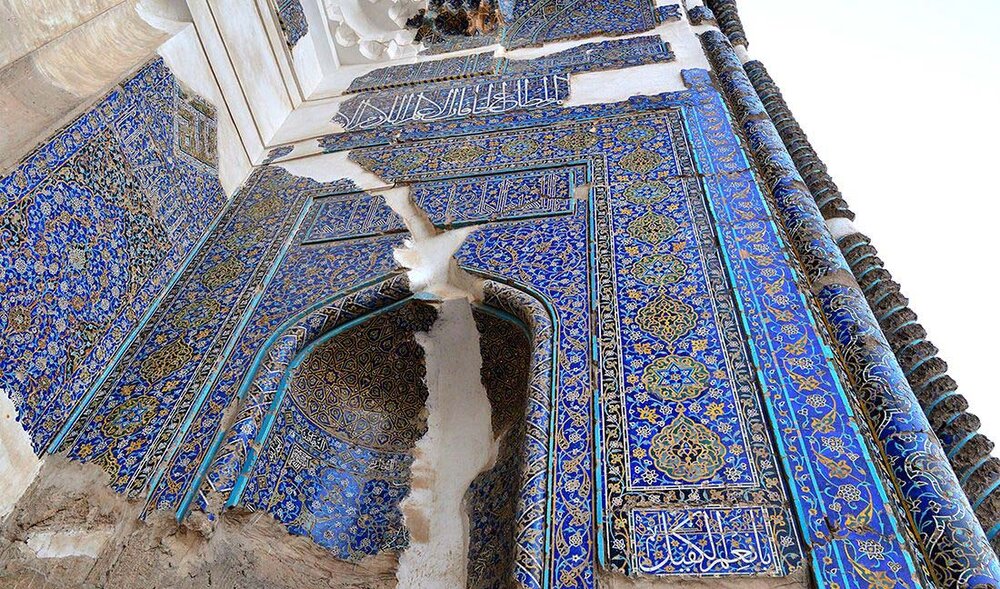Tabriz Blue Mosque, a masterpiece of Islamic architecture

As an ancient historical city, Tabriz, the capital of the northwestern province of East Azerbaijan, has many sights to offer to the tourists, the highlight of which is the Blue Mosque, known as Masjed-e Kabud in Farsi.
The mosque is one of the valuable historical monuments of Iran that its special architectural style has distinguished this magnificent building from other similar examples.
Covered in spectacular blue tiles, from which it derives its name, the Blue Mosque is also an example for Islamic designs and decorations as there are kufic, naskh and thulth scripts as well as various arabesque and geometric patterns inside.
Also called the turquoise of Islam due to its beautiful blue tiles, the mosque was completed in c. 1465 and is remarkable for its simplicity, brickwork, and great size as well.
The mosque survived a devastating earthquake in 1727. However, many parts of it caved in due to a quake struck later in the same century. Many parts of the structure were rebuilt in 1973.
The missing tiles of the mosque’s façade are also the reminder of the scars the mosque bears from the damage it suffered from the quakes. Some visitors say “From the outside, it looks first a bit disappointing but the interior is beautiful and worth the entrance price.”
In the southern part of the mosque lies a time-honored mausoleum, itself a source of splendor. It is entirely covered with massive marble slabs on which verses from the holy Quran have been engraved with a background of fine arabesques.
Apart from its unique architecture and history, a play of color and light that shines through the mosque’s windows, gives photographers a great chance to take unique artistic photos.
Mahmud Ghazan, who was the seventh ruler of the Mongol Empire’s Ilkhanate, made Tabriz his capital in the late 13th century.
In 1392, the city was taken by a Turkic conqueror named Timur (Tamerlane) and some decades later the Kara Koyunlu Turkmen chose it as their capital. The Blue Mosque was built under their rule.
Tabriz retained its administrative status under the Safavid dynasty until 1548, when Shah Tahmasb I who enjoyed the longest reign of any member of the dynasty, moved his capital westward to Qazvin.
During the next two centuries, Tabriz changed hands several times between Iran and the Ottoman Empire.
ABU/AFM
